First black man to train at NASA, will finally travel to space at age 60 on a Blue Origin rocket as oldest astronaut ever
The first black man to train at NASA in the 1960s will eventually travel into space on the next Blue Origin rocket flight at the age of 90 – making him the oldest astronaut ever.
Ed Dwight joined the United States Air Force in 1953 and quickly rose to captain. In 1962, he entered the Air Force’s Aerospace Research Pilot School to train as an astronaut.
But despite making history as the first black astronaut to have a shot at reaching space after training during the civil rights movement, he ultimately missed space.
But thanks to Jeff Bezos’ space company, Dwight will be one of six people boarding New Shepard on Sunday for a long-awaited space flight. Wall Street Journal reported.
Ed Dwight (pictured), the first black man to train as an astronaut in the 1960s, will finally go into space at the age of 90 on Blue Origin’s New Shepard vehicle
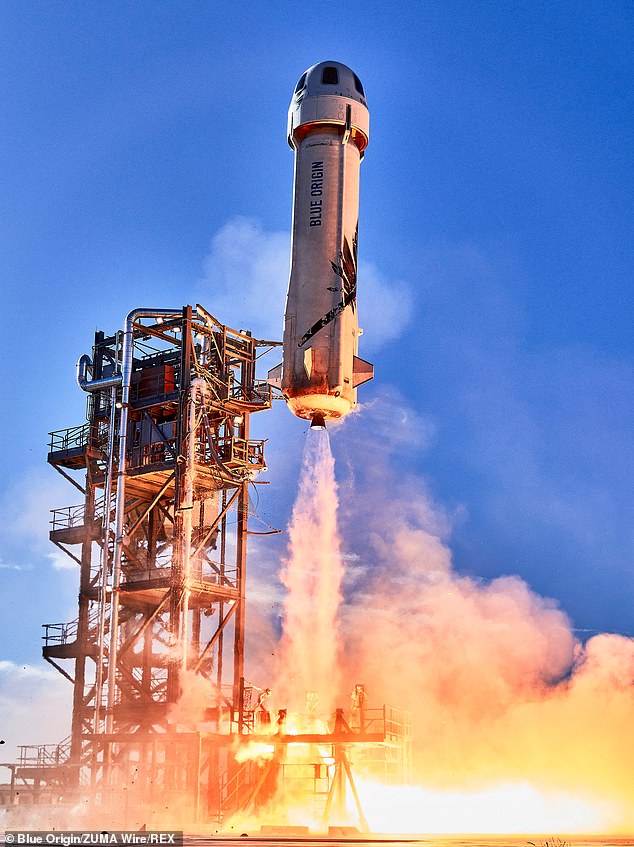
He joined the United States Air Force in 1953 and quickly became a captain. In 1962, he entered the Air Force’s Aerospace Research Pilot School to prepare for astronaut life. (Image: Blue Origin Flight departs in 2021 with 90-year-old William Shatner on board)
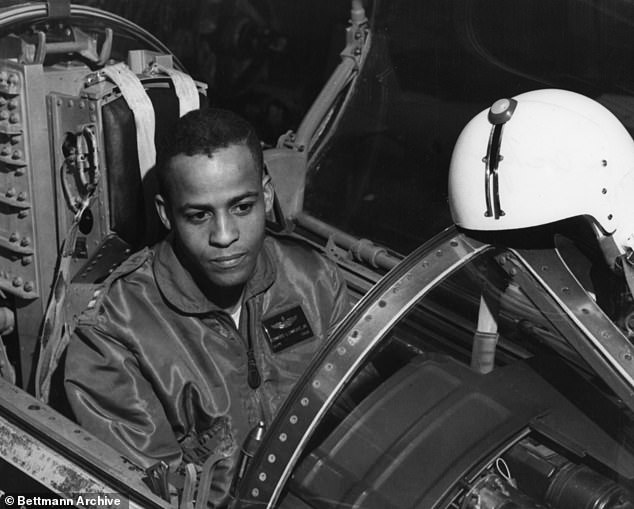
Pictured: Ed Dwight, the United States’ first black astronaut, in the cockpit of an F-104
The eleven-minute adventure takes him along the Karman Line, which some say is the frontier of space.
There he will experience weightlessness and be able to see the curvature of the Earth before returning home.
The trip makes Dwight the oldest person to fly to space, narrowly beating “Star Trek” actor William Shatner, who was 90 at the time of his 2021 flight with Blue Origin.
“This is an absolutely fantastic bookend to the space age of his life,” his son, Chris Dwight, told the Wall Street Journal. “It’s about time.”
“We feel like we are helping to correct something that should have been done decades ago,” added Antonio Peronace, executive director of the nonprofit Space for Humanity, which is sponsoring Dwight’s trip.
In the 1960s, Dwight quickly rose to national fame as the first black astronaut trainee at the Aerospace Research Pilot School, appearing on the covers of Jet and Ebony magazines.
Leland Melvin, a retired NASA astronaut, told WSJ, “Ed was the person who started the legacy of – we call ourselves the ‘Afronauts’ – because he would have been the first.”
“He would have walked on the moon, he would have been an Apollo astronaut,” he added.
Steven Moss, who co-wrote “We Could Not Fail: The First African Americans in the Space Program” with Richard Paul, said the Kennedy administration pushed for minorities to enter space because it would be good for their image.
After completing the training program, Dwight applied to NASA, but despite his fame, he was denied a spot in the fourteen-person class in 1963.

Pictured: Dwight looks at a model of the Titan III-X-20 Dyna-Soar combination during a visit to Air Force Headquarters in the capital in November 1963. The 31-year-old pilot was in the first class of 16 Air Force, Marine Corps and Navy pilots who went through the new Aerospace Research Pilot School in 1963 as possible astronauts.
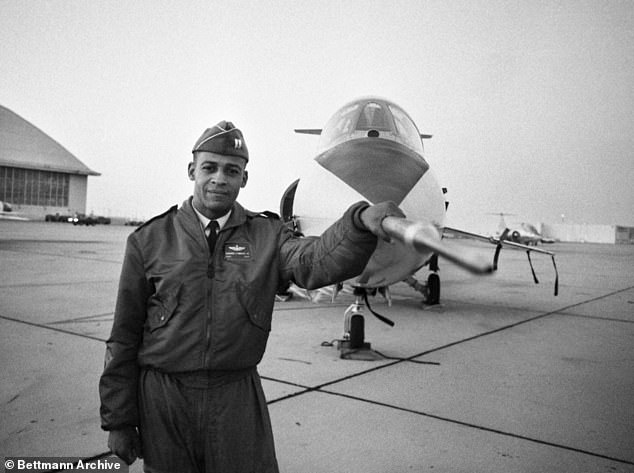
In the photo: Dwight, who rose to captain in the Air Force, stands in front of the F-104 fighter jet
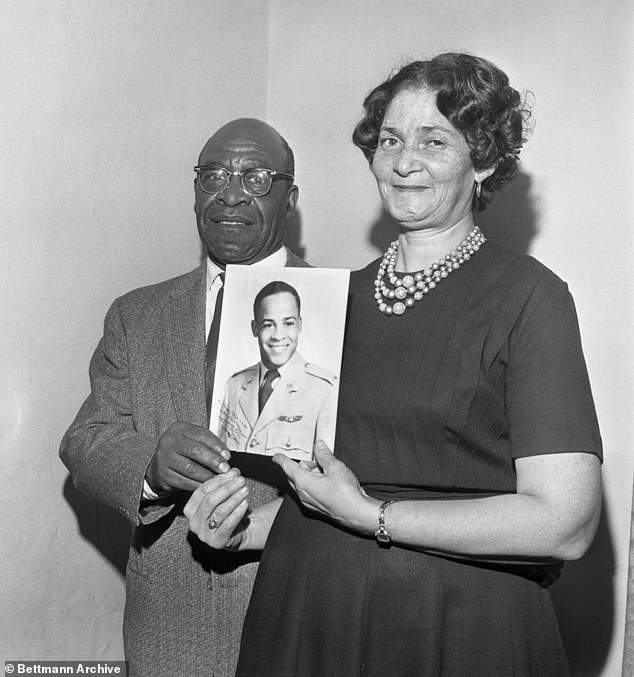
Pictured: Mr. and Mrs. Edward Dwight Sr. hold a photo of their son, Edward Dwight Jr., who is the first African American selected as a possible astronaut
The head of the pilot school, Chuck Yeager, who was the first person to break the sound barrier, tried to claim that Dwight had had trouble keeping up with the other pilots.
And once JFK was assassinated and the push for a minority presence in space disappeared, Dwight said he knew he wouldn’t make it to space.
“My hope was just to get to space in some way, but they didn’t let that happen,” Dwight said in the 2023 documentary “The Space Race.”
‘If all things had been equal, I would have reached the moon. I had the capabilities, but I didn’t get that chance.’
Eventually, Dwight followed a different path and became a renowned sculptor.
His works celebrate black history – particularly a prominent Texas monument depicting slavery and black contributions to the state.
It also features Bernard Harris, the first black astronaut to walk in space.
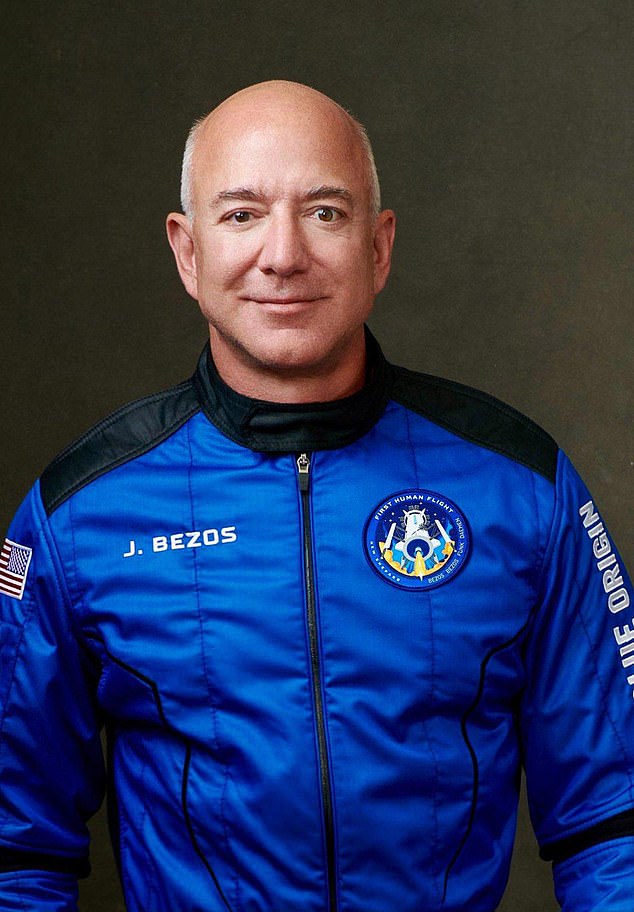
Pictured: Jeff Bezos, owner of Blue Origin and CEO of Amazon

Pictured: Dwight poses for a portrait in his workspace, which he sculpted in his studio in Denver, Colorado

Pictured: Images and news clips that Dwight has saved from his time as an astronaut in his studio in Denver, Colorado
His son Chris said he is taking his 22- and 20-year-old sons to watch their grandfather’s flight take off in Texas.
“What their grandfather has accomplished will really be a blow to them,” Chris Dwight told the Wall Street Journal.
“I think it’s going to be one of those things like, ‘Wow, that’s my family, my ancestors, going into space,’ which not many people have done.”
While Ed Dwight’s dream was put on hold, the path to space was not completely closed for black Americans.
Although tragically short-lived, in 1967 Robert Lawrence became the first black man selected for the space program.
The wait for the first black person in space lasted until 1978, when NASA selected three black men for the Space Shuttle program.
Among them was Guion Bluford, who in 1983 finally accomplished the feat of becoming the first black person to reach space.
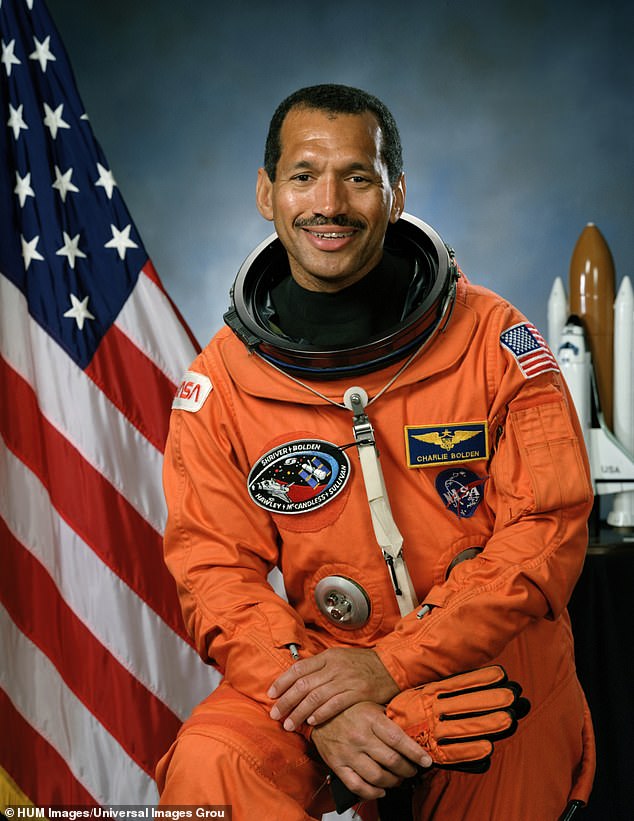
While Dwight’s dream was put on hold, the path to space was not completely closed for black Americans. Although it was tragically short-lived, in 1967 Robert Lawrence (pictured) became the first black man selected for the space program
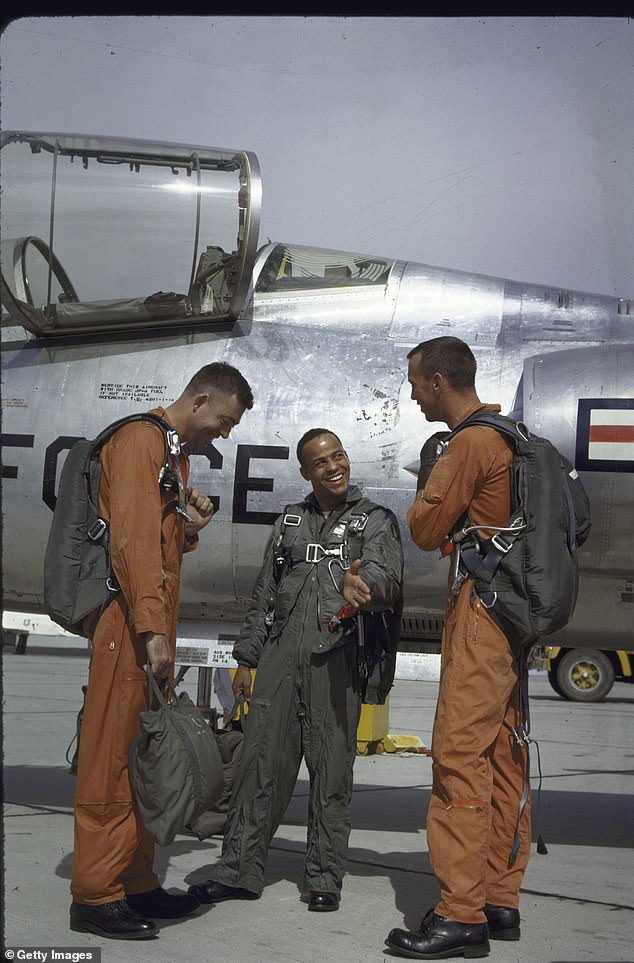
Flashback to the 1960s, Dwight (center) quickly achieved national fame as the first black astronaut in training at the Aerospace Research Pilot School, appearing on the covers of Jet and Ebony magazines
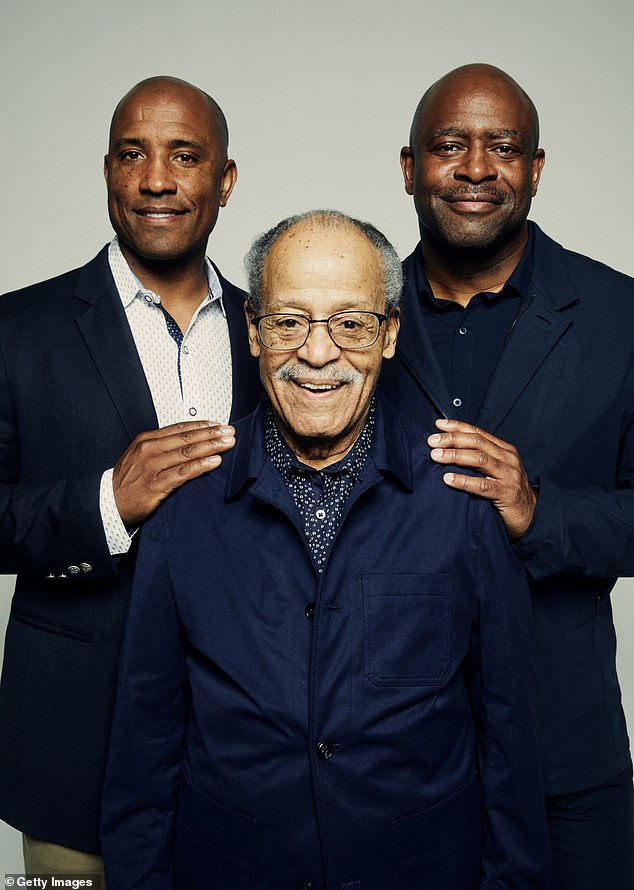
Pictured (L-R): Victor Glover, Ed Dwight and Leland D. Melvin of ‘The Space Race’ pose for a portrait during the 2023 Tribeca Festival at Spring Studio on June 12, 2023
Nine years later, Mae Jemison made history as the first black female astronaut.
Lisa Cortés, co-director of the documentary “The Space Race,” told The Wall Street Journal that she is glad Dwight can finally finish what he started.
“Sometimes we have to wait for the arcs of time, justice and progress to intersect,” Cortés added. “I think this is Ed’s moment.”
